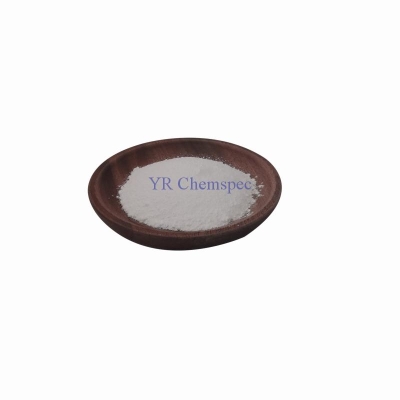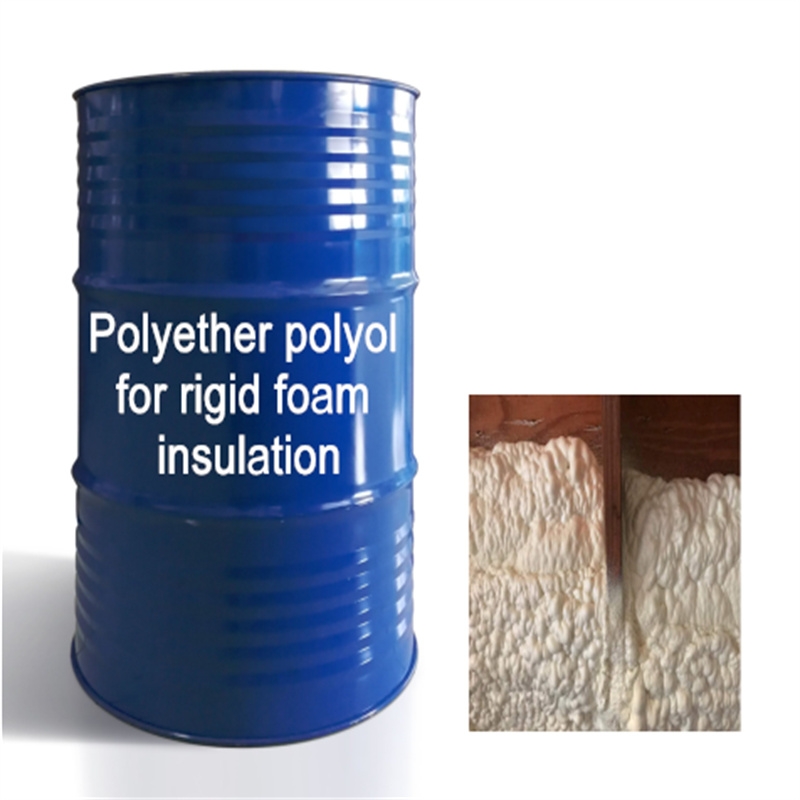-
Categories
-
Pharmaceutical Intermediates
-
Active Pharmaceutical Ingredients
-
Food Additives
- Industrial Coatings
- Agrochemicals
- Dyes and Pigments
- Surfactant
- Flavors and Fragrances
- Chemical Reagents
- Catalyst and Auxiliary
- Natural Products
- Inorganic Chemistry
-
Organic Chemistry
-
Biochemical Engineering
- Analytical Chemistry
- Cosmetic Ingredient
-
Pharmaceutical Intermediates
Promotion
ECHEMI Mall
Wholesale
Weekly Price
Exhibition
News
-
Trade Service
Six, analysis and testing
(1) Determination of moisture content
Take 2g soil sample and bake it at 105℃±3℃ for 4h, then put it in a desiccator to cool to room temperature, weigh it, and calculate the moisture content wH 2 o(%) according to formula (1)
(2) Drawing of standard curve
Take several 50.
(3) Determination of samples
Pipette 10mL sample solution to be tested into a 50mL colorimetric tube with stopper, dilute to 50mL with water, add 1 drop of 2,4 dinitrophenol indicator, adjust with 0.
(4) Blank test
Pipette 10mL of the blank sample to be tested, and then perform the determination according to the same operation steps as the standard curve
Seven, calculation and presentation of results
The total phosphorus content w (mg/kg) in the soil is calculated according to formula (2):
In the formula, w——the content of total phosphorus in the soil, mg/kg;
A——The absorbance value of the sample;
A 0 —— the absorbance value of the blank test;
a——Intercept of the calibration curve;
V 1 ——The constant volume of the sample, mL;
b——The slope of the calibration curve;
m——sample size, g;
V 2 —— sample volume, mL;
w dm ——the dry matter mass fraction of the soil, %
8.
(1) Parallel blank sample analysis is required for each batch of experiments, and the blank test result should be lower than the detection limit of the method
(2) Each batch of experiments needs to control the amount of parallel samples and standard samples ≥ 10%, the deviation of the analysis results between parallel samples is not more than 5%, and the recovery rate of standard addition is between 80% and 120%
(3) The correlation coefficient R of the calibration curve regression equation should be greater than 0.
Nine, matters needing attention
(1) After the cuvette is used, it should be soaked in dilute nitric acid or chromic acid lotion for a while to remove the adsorbed molybdenum blue colored matter
(2) When the room temperature is lower than 13℃, the color can be developed in a water bath at 20~30℃ for 15min
(3) Try to choose and purchase a soil sieve with a suitable diameter to avoid losses when sieving and washing the soil sieve
(4) If the content of manganese in the test solution is high, it is best to adjust the pH with Na 2 CO 3 solution to avoid the precipitation of manganese hydroxide and the difficulty of re-dissolution during acidification
(5) 2,4-Dinitrophenol is a flammable and highly toxic drug.







